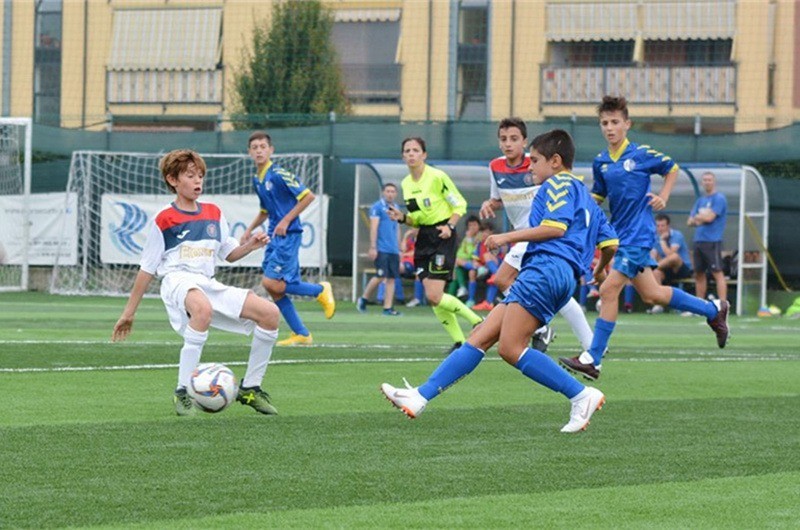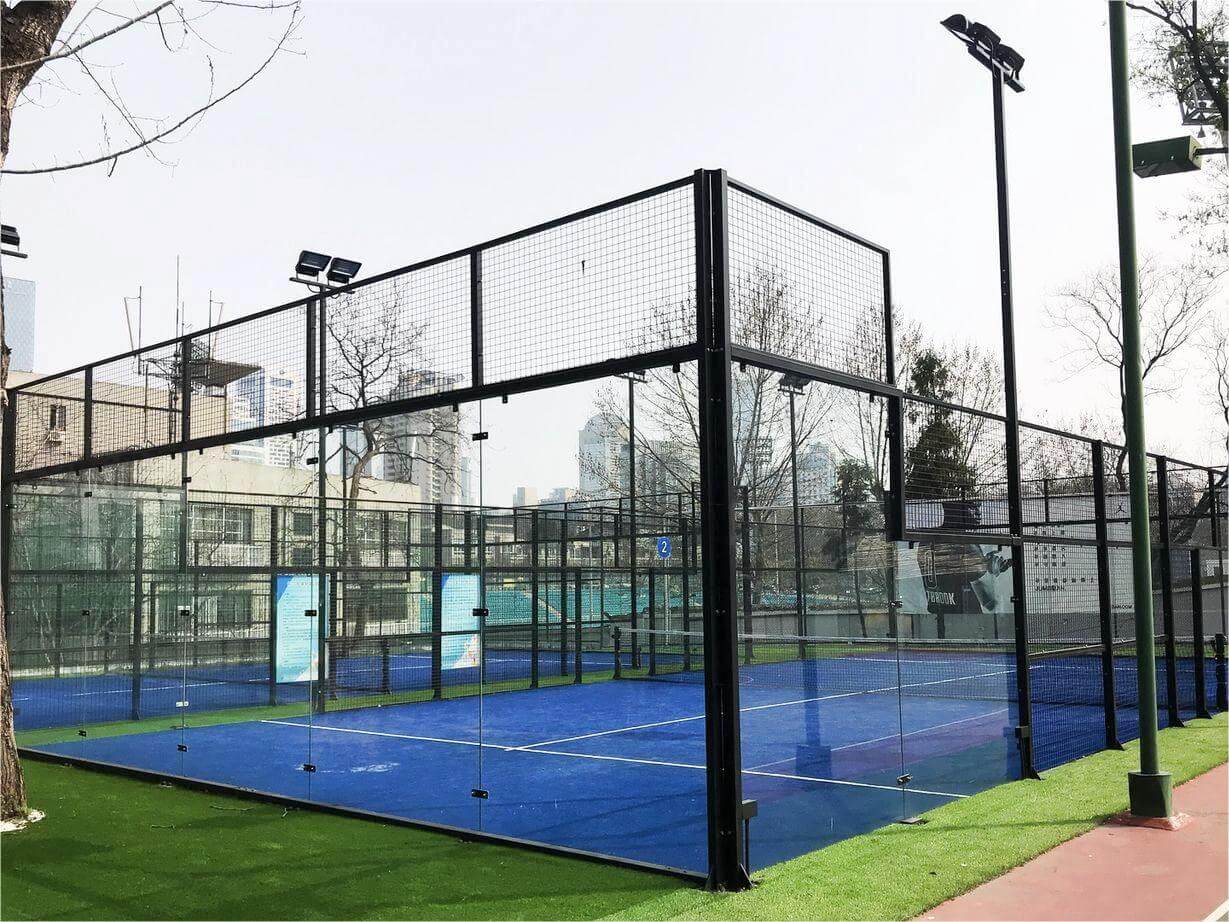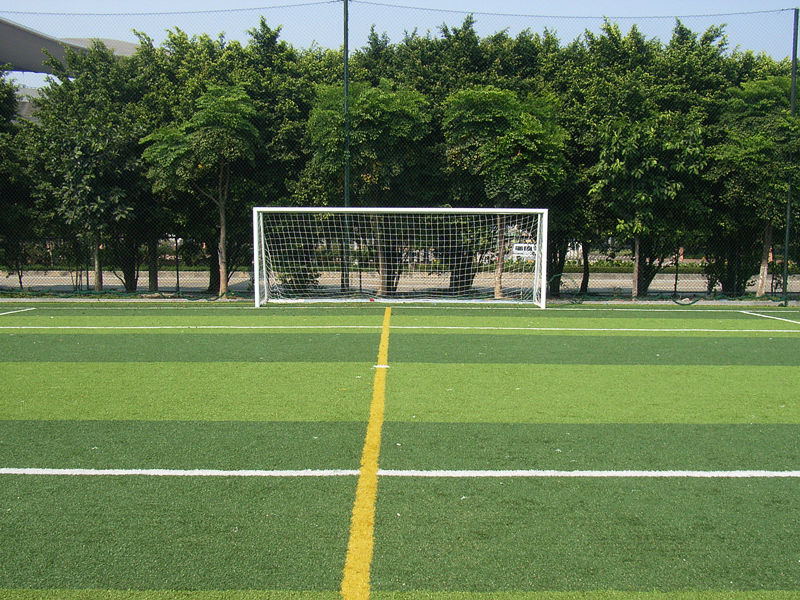Artificial grass sports fields are highly desirable for their durability and low maintenance. Effective line marking plays a crucial role in establishing clear boundaries and ensuring accurate gameplay. In this comprehensive guide, we explore the significance of line marking and discuss the different types of line markings.
Importance of Line Marking on Artificial Grass Sports Fields:
Line marking serves as the foundation of any sports field, providing distinct boundaries and facilitating precise gameplay. The following points highlight the significance of line marking:
Boundary Definition:
Line markings establish clear boundaries that allow players, officials, and spectators to differentiate between in-play and out-of-play areas. This ensures fair gameplay and minimizes confusion.
Safety and Player Orientation:
Well-defined lines guide players, helping them understand the field’s dimensions and their own positioning. Accurate line markings reduce the risk of collisions, enhancing player safety.
Rule Compliance:
Line markings ensure that the sports field adheres to the specific rules and regulations of the sport being played. By providing a clear visual reference, line markings assist officials in making accurate judgments during matches.
Types of Line Markings:
A). Inlaid Artificial Grass Lines:
Inlaid artificial grass lines offer a permanent line-marking solution. Here are their advantages and disadvantages:
Advantages:
Durability and Longevity:
Inlaid lines are designed to withstand heavy foot traffic and the rigors of gameplay, making them durable and long-lasting.
Reduced Maintenance Costs:
Once properly installed, inlaid lines require minimal maintenance, resulting in cost savings over time.
Disadvantages:
Potential Cracking:
Inlaid lines may be susceptible to cracking if not installed correctly or subjected to excessive stress, as they are the weakest points on artificial grass pitches.
Professional Installation Required:
Precision and expertise are necessary for installing inlaid lines, so it is recommended to hire a professional installer.
Note: Typically, white artificial grass is provided in smaller rolls. You’ll need to cut it into lines during the installation process. To install the lines, you’ll require Artificial Grass Glue and Joining Tape. To expedite the laying of the white lines, we offer the Line Cutter, an incredible tool.
To determine the required quantity of white artificial grass for lines, it depends on the sport and field size. Here’s a table providing references for different sports. However, to ensure accuracy and avoid waste or shortages, we strongly advise consulting with your turf supplier installer based on your specific project.
| Sports Field Type | Field Size (m) | Line Width (cm) | Turf Area Assumed (m²) | Qty of White Turf Needed (m²) |
|---|---|---|---|---|
| 11-a-side football field | 105 × 68 | 12 | 8000 | 100 |
| 7-a-side Football Field | 50-80 × 35-50 | 10 | 4000 | 60 |
| 5-a-side Football Field | 38-42 × 18-27 | 10 | 1500 | 30 |
| Hockey Field | 91.4 × 55 | 7.5 | 5000 | 60 |
| Tennis Court | 36.6 × 18.3 | 10 (base line) | >660 | 18 (Calculated as 10cm) |
| 5 (Others) |
B). Painted Lines:
Painted lines provide a flexible and convenient option for line marking. Consider the advantages and disadvantages of painted lines:
Advantages:
Ease of Installation:
Painting lines on artificial grass is a relatively quick and straightforward process, making it a convenient choice.
Flexibility:
Painted lines allow for adjustments and modifications as needed, accommodating changes in sports field requirements.
Disadvantages:
Fading and Regular Maintenance:
Painted lines may fade over time due to exposure to the elements and heavy use. Regular maintenance and repainting are necessary to maintain their visibility and effectiveness.
Conclusion:
Proper line marking on artificial grass sports fields is vital for establishing clear boundaries, ensuring fair play, and enhancing player safety. Understanding the advantages and disadvantages of different line marking options, such as inlaid artificial grass lines and painted lines, empowers sports field managers to make informed decisions. By selecting the most suitable line marking method and conducting regular maintenance, sports field managers can provide an optimal playing environment for athletes while optimizing the longevity and effectiveness of line markings.
By prioritizing line marking on artificial grass sports fields, we can enhance the overall sporting experience, promote fair competition, and create a safer environment for athletes.




